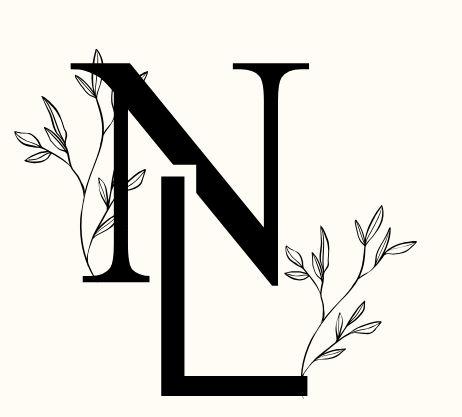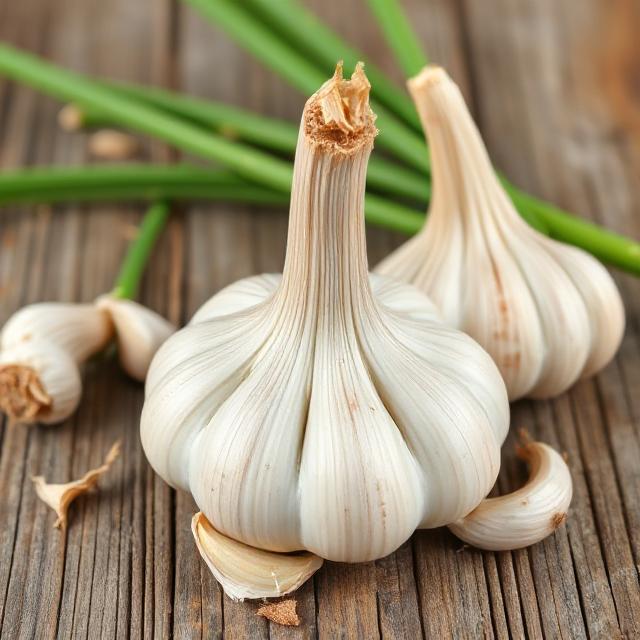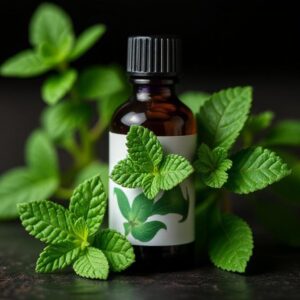Growing up, you might have heard that garlic is good for you. Indeed, it is. With its unmistakable aroma and flavor, garlic is a well-known culinary ingredient in numerous cuisines around the world. Not only is it delicious, but it is also hailed for its many health benefits. In fact, garlic is one of nature’s best immune boosters. This article will explore the science behind garlic, and why you should make it a regular ingredient in your diet for better health.
What are the health benefits of garlic?
Garlic is packed with nutrients and compounds that have been shown to have powerful health benefits. An ancient herbal remedy, garlic has been used for thousands of years for its medicinal properties. One of the most well-documented benefits of garlic is its ability to boost the immune system.
Garlic is a potent source of antioxidants, which can help to protect your body against disease and infection. These antioxidants help to boost the immune system, and neutralize free radicals that can damage cellular DNA. Moreover, garlic is a very powerful anti-inflammatory, and studies have shown that it can help to reduce the risk of developing certain chronic diseases.
Garlic can also help to lower cholesterol levels, improve blood circulation, regulate blood sugar levels, reduce the risk of blood clots and heart disease, and even fight certain fungal and bacterial infections. In addition, it is a great source of vitamins C and B6, manganese, and selenium.
How does garlic work?
The active compounds in garlic, such as allicin and alliin, are responsible for its powerful anti-inflammatory and antimicrobial properties. These compounds are released when garlic is crushed, chopped, or eaten raw. When ingested, allicin converts into a variety of sulfur-containing compounds that have an array of health benefits.
These compounds are thought to work by stimulating the production of immune-boosting compounds in the body, as well as by directly attacking pathogens. For example, it is thought that the allicin in garlic can help to destroy certain antibiotic-resistant bacteria and mold. Some studies have also shown that garlic can help to increase the activity of white blood cells, which are responsible for fighting off infections.
Moreover, research has shown that garlic’s antioxidant properties can help to reduce the production of pro-inflammatory compounds in the body. These compounds are believed to play a role in the development of chronic diseases such as heart disease, cancer, diabetes, and arthritis. In fact, one study found that increasing garlic intake led to a 55% reduction in the risk of developing certain types of cancer.
How to add garlic to your diet
Garlic is a delicious and versatile ingredient that can be easily added to a variety of dishes. Whether you enjoy it raw, cooked, or even pickled, there are countless ways to incorporate garlic into your diet. Use it to flavor soups, stews, sauces, marinades, dressings, and spreads. Add it to roasted vegetables, pasta dishes, or even homemade bread. Try fresh garlic in salads, or make your own garlic butter for a delicious topping for vegetables or bread.
It is important to note that the health benefits of garlic are most potent when it is eaten raw. However, if you do not enjoy eating raw garlic, it is still beneficial to cook it. Just be sure to add it towards the end of the cooking process, as overheating can destroy some of its beneficial compounds.
The bottom line
Garlic is a versatile and delicious ingredient that can not only enhance the flavor of your favorite dishes, but also provide a range of health benefits. Its anti-inflammatory, antioxidant, and antimicrobial properties can help to strengthen the immune system and protect against disease and infection. For best results, raw garlic is the best option. Make it a regular part of your diet to enjoy its many benefits.





